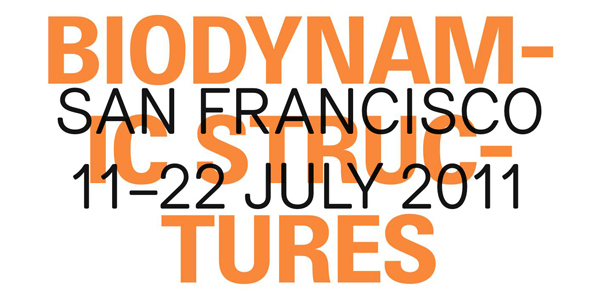Entries from June 1, 2011 - June 30, 2011
Python for Rhino Primer Now Available
Skylar Tibbits, Arthur van der Harten, and Steve Baer just released an excellent (and free) manual on how to get started programming in Python for Rhino 5.0. This is a must read for anyone interested in learning how automate tasks, make decisions, perform powerful calculations and geometric manipulations using Python and the Rhino CAD environment. Here is a small excerpt from the introduction:
"This primer is intended to teach programming to absolute beginners, people who have tinkered with programming a bit or expert programmers looking for a quick introduction to the methods in Rhino. Rhinoscript (VBscript) has been supported for many years, with a large user group and extensive support material. As well as giving a basic introduction, this primer looks to easily transition those familiar with VBscript into the world of Rhino Python.... Python offers exciting new potentials for programming in Rhino with Object-Oriented functionality, simple syntax, access to the .NET framework and a vast number of user-built libraries to extend Rhino's functionality. The same powerful methods that were previously in VBscript are still available, as well as a ton of other exciting methods and features available natively with Python."
To download the Python for Rhino 101 Primer click here.
Also, Skylar Tibbits will be hosting a 2-hour Introduction to Python webinar on July 22nd. Skylar is a lecturer at MIT's Department of Architecture, the Founder/Principal of SJET LLC and a 2011 TED Fellow. Click here to register for the event.
Projection One
Projection One is an interactive art installation that was recently unveiled at Harvard's Graduate School of Design. Conceived and built by Andrew Payne and fellow GSD student, Eddy Man Kim, Projection One strives to challenge the way in which users perceive projection art. We started by changing the projection surface. Our idea was simple - take the traditional screen and cut it up into strips of variable widths. Then rotate those strips to create a three dimensional surface; adding depth to create a more volumetric or spatial experience out of the projection schemes. The overall surface measured approximately 13'(length) x 9'(height) x 3'(depth).
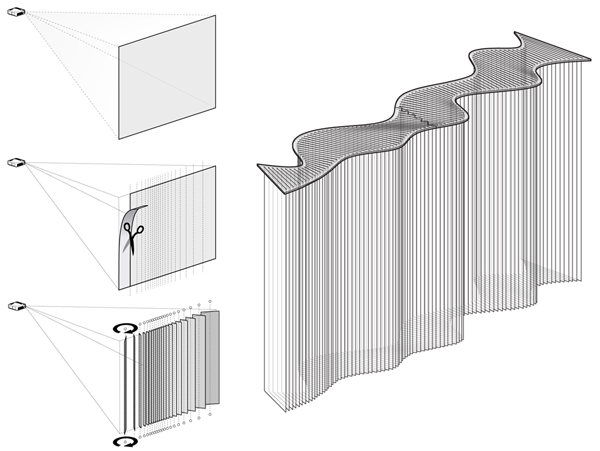
Adding depth to a projection surface only works if the material characteristics of the screen is transparent enough to allow for the light from the projector to pass through. We spent a good deal of time investigating various types of fabrics, and even string; but ultimately found that Tulle provided just the right amount of transparency and material density. Tulle is lightweight net-like fabric traditionally used in wedding veils and other ornamental garments.
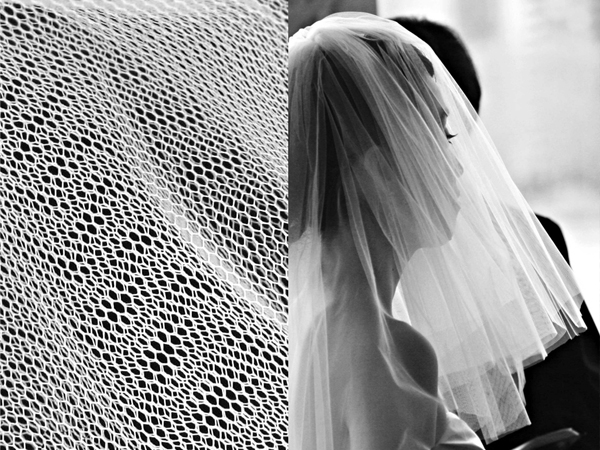
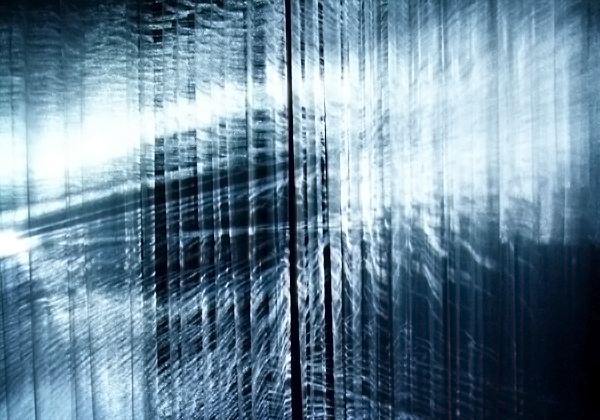
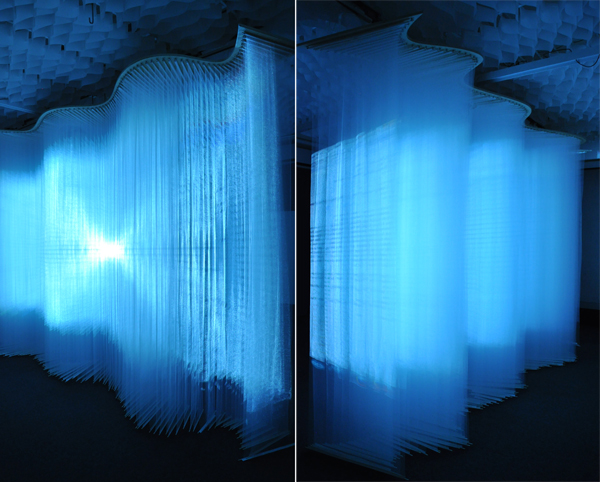
Acknowledgements
First, we would like to thank Professor Panagiotis Michalatos. It is without a doubt that this project would not have been realized without his tremendous help and support. All of the visualizations were developed as scripts written in C# and used several of the sawapan motion and audio libraries.
Contact Us
Like what you see or want to know more about how to bring this installation to a city near you? Contact us.
Biodynamic Structures Workshop 2011
SAN FRANCISCO, CA | GRASSHOPPER & FIREFLY | JUL 11TH-22ND, 2011
Hosted by the California College of the Arts & the Architectural Association
Sponsored By McNeel Associates
I am excited to be an invited tutor for this year's Biodynamic Structures Workshop in San Francisco, CA. Biodynamics is the study of the force and energy of dynamic processes on living organisms. Through simple mechanisms embedded within the material logic of natural systems, specific stimuli can activate a particular response. This response occurs in carnivorous plants such as the Venus fly-trap, which uses turgor pressure to trap small insects in order to feed, and worms, which by contracting differently oriented muscles, achieve movement. This ten-day intensive workshop, co-taught by the faculty of the Emergent Technologies and Design Programme at the AA and the faculty of Architecture and MEDIAlab at California College of the Arts, will explore active systems in nature, investigating biomimetic principles in order to analyze, design and fabricate prototypes that respond to electronic and environmental stimuli.
Students will work in teams to research specific biological systems, extracting logics of organization, geometry, structure and mathematics. Advanced analysis, simulation, modeling and fabrication tools will be introduced in order to apply this information to the design of both passive and active responsive architectural systems. Investigation and application of robotics, sensors and actuators will be employed for the activation of the material system investigation through the construction of working responsive prototypes.
Click here to find out more details regarding registration or here to see images from last year's event.
![[LIFT] architects](/storage/layout/Header_025.png)
